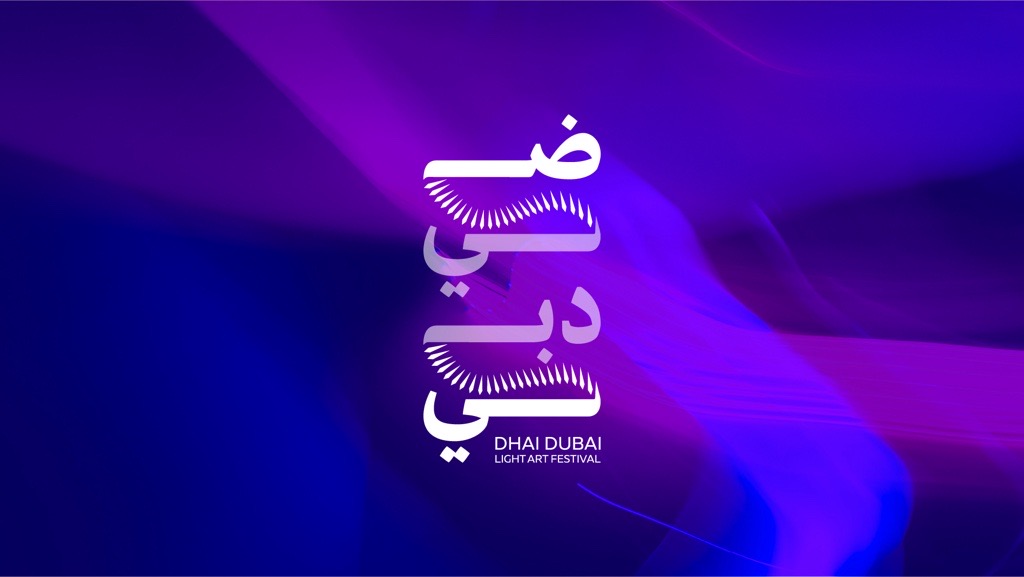How cultural nuances drive design thinking, a case in practice
22 May 2024
Having worked in the UAE for over 15 years, I have designed for many brands, all with a variety of interesting cultural nuances and target audiences. We are increasingly interconnected yet beautifully diverse and the significance of cultural nuances in design thinking cannot be overstated.
Design, as a multifaceted discipline, goes beyond aesthetics; it encapsulates the essence of human experience, reflecting values, beliefs, and societal norms. Understanding the intricate interplay between culture and design thinking is pivotal in creating meaningful, inclusive, and impactful solutions.
Shaping Perspectives through the cultural lens
Culture serves as a lens through which individuals perceive the world. It encompasses a spectrum of elements including language, customs, traditions, and socio-economic structures. These facets profoundly influence how people interact with products, services, and environments.
Deeply rooted in every aspect of human life, including design, culture shapes people's perceptions, preferences, and behaviors towards design elements such as color, symbols, and forms. For instance, while red symbolizes luck and prosperity in Chinese culture, it signifies danger in Western cultures. Understanding these contextual differences helps designers craft designs that communicate effectively across cultural boundaries
Diversity Drives Innovation
Cultural diversity fuels innovation by offering endless perspectives and insights. Design thinking thrives on empathy, a fundamental component that enables designers to understand and address user needs effectively. Designers can delve deeper into the intricacies of users' lives, unveiling unmet needs and enhancing the user experience and interaction with design.
Communication styles, social norms, and technology adoption vary across cultures, affecting how users engage with products and services. We as designers must consider these cultural factors when designing interfaces and interactions to create seamless and intuitive user experiences for diverse audiences.
Collaborative environments where individuals from different cultural backgrounds intertwine, enriches the design process, leading to more holistic solutions that resonate with a broader audience.
Navigating Cultural Sensitivities to resonate with the target audience
Over half of our team at Omnia are native Arabic speakers – which is indispensable when designing for GCC brands. Actively engaging with diverse user groups and seeking feedback throughout the design process, allows us as designers to avoid the risk of cultural misinterpretations and ensure the solutions are culturally resonant and respectful.
The values and beliefs of different cultures, significantly influence design thinking. Aesthetics also play a crucial role in design. What may be visually appealing in one culture might not be perceived the same way in another. For instance, minimalist designs are often associated with Western aesthetics, while intricate patterns and vibrant colors dominate many Eastern designs.
Designers need to align their approaches with these underlying values to create designs that resonate with the target audience
Embracing Cultural Complexity in Design
Language and symbols equally carry profound cultural meanings that influence design communication. As designers, we must be mindful of linguistic and symbolic nuances to ensure designs convey the intended message accurately. For example, using culturally relevant symbols and metaphors can enhance the accessibility and relatability of a design to its target audience.

Creating a brand identity for Dhai Dubai Light Art Festival
I recently led the design team in creating a brand identity for this pioneering initiative, which was aimed at empowering and showcasing local Emirati artists specializing in the medium of light. The festival highlighted the diversity of artistic practices but also underscored Dhai Dubai’s commitment to promoting the unique cultural identity of Dubai on a global stage.
When creating the brand identity, it was essential for us to consider how the brand’s visual elements reflected the Emirati culture and heritage. We used the festival’s overarching statement “Light influences Life” to develop a brand identity that would stand out and fit the festival’s spirit, whilst retaining the heritage of the Emirati culture.
The new identity encapsulates the profound connection between the spiritual and material worlds. In Arabic culture and art, light also holds symbolic significance. The day is marked by rituals, the call to prayer often taking place in the soft glow of early morning or in the transition between daylight and twilight, symbolising a shift from the physical world to a spiritual realm and providing a moment of peace and serenity.
The art and architecture of this region are renowned for their exquisite use of light and shadow, so we introduced geometric patterns, intricate arabesques and beautiful stained-glass elements into the designs – showcasing the core of how light filters through sacred spaces evoking a sense of awe and wonder.
Sustainability and Ethics – shaping a better world through design
Finally, we mustn’t forget the importance of sustainability and ethical Considerations. Cultural perspectives on sustainability and ethics influence design decisions. Cultures with a strong environmental consciousness may prioritize eco-friendly materials and practices in design, while others may prioritize functionality and affordability.
Designers need to navigate these cultural nuances to develop sustainable and ethically responsible solutions that align with the cultural values and priorities of the intended end user.
Cultural nuances permeate every facet of design thinking, from ideation to execution. meaningful, inclusive, and impactful. By fostering cultural empathy, embracing diversity, and navigating sensitivities with diligence, designers can harness the transformative power of cultural elements to shape a better, more inclusive world through design.